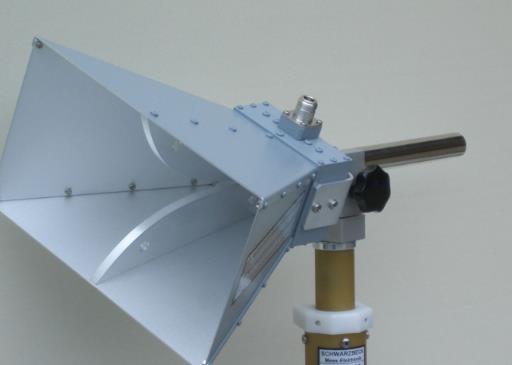How Is the 10.0-15.0GHz Standard Horn Antenna Utilized?
The 10.0-15.0GHz standard horn antenna is a pivotal component in RF and microwave systems, known for its precise frequency range and consistent performance. This type of antenna is specifically designed to operate effectively within the X-band of the microwave spectrum, which is widely utilized in radar, communication, and scientific applications. Here, we explore the key uses and benefits of the 10.0-15.0GHz standard horn antenna and how it enhances the capabilities of various technological systems.

Radar Applications
One of the primary uses of the 10.0-15.0GHz standard horn antenna is in radar systems. This frequency range is particularly suitable for radar because it offers a good balance between resolution and range, making it ideal for both military and civilian applications.
Enhanced Detection and Resolution:
- The antenna's ability to focus energy efficiently allows for better detection of small objects and improved overall resolution, crucial for applications such as air traffic control and maritime navigation.
Satellite Communications
In the realm of satellite communications, the 10.0-15.0GHz standard horn antenna is extensively used due to its ability to transmit and receive signals over long distances with minimal loss. This capability is vital for maintaining reliable communication links between earth stations and satellites.
Key Features for Satellite Use:
- High Gain: Offers a higher gain to ensure that signals are strong enough to traverse the vast distances in space.
- Focused Beam: Provides a focused beamwidth that helps in minimizing interference from other sources, which is critical in the crowded space environment.
Wireless Communication Networks
This antenna is also integral in various wireless communication networks, where high frequency is required for broadband data transmission. The 10.0-15.0GHz range supports high-speed data transfer, making it suitable for backhaul links that connect different parts of a network.
Advantages in Wireless Networks:
- High Data Rate: Supports transmission of large amounts of data, which is essential for modern communication systems that handle video streaming, large file transfers, and other bandwidth-intensive applications.
- Reliability: Ensures consistent and reliable connectivity, critical for the infrastructure of wireless networks.
Scientific and Research Facilities
Scientific research facilities utilize the 10.0-15.0GHz standard horn antenna for various experimental and testing applications. Its precise frequency control and stable output make it an excellent tool for experiments that require controlled electromagnetic environments.
Research Benefits:
- Accurate Measurements: Enables researchers to conduct electromagnetic measurements with high precision, which is vital for studies in fields like material science and atmospheric physics.
- Controlled Testing Environment: Provides a reliable and interference-free environment for testing and developing new technologies.
Conclusion
The 10.0-15.0GHz standard horn antenna is a versatile tool that plays a crucial role in enhancing the functionality and efficiency of various high-frequency applications. From radar systems and satellite communications to wireless networks and scientific research, this antenna’s ability to deliver high performance and reliable results underpins many of today’s technological advancements. As demand for higher frequencies and more reliable communication continues to grow, the importance of the 10.0-15.0GHz standard horn antenna in meeting these needs becomes increasingly apparent.